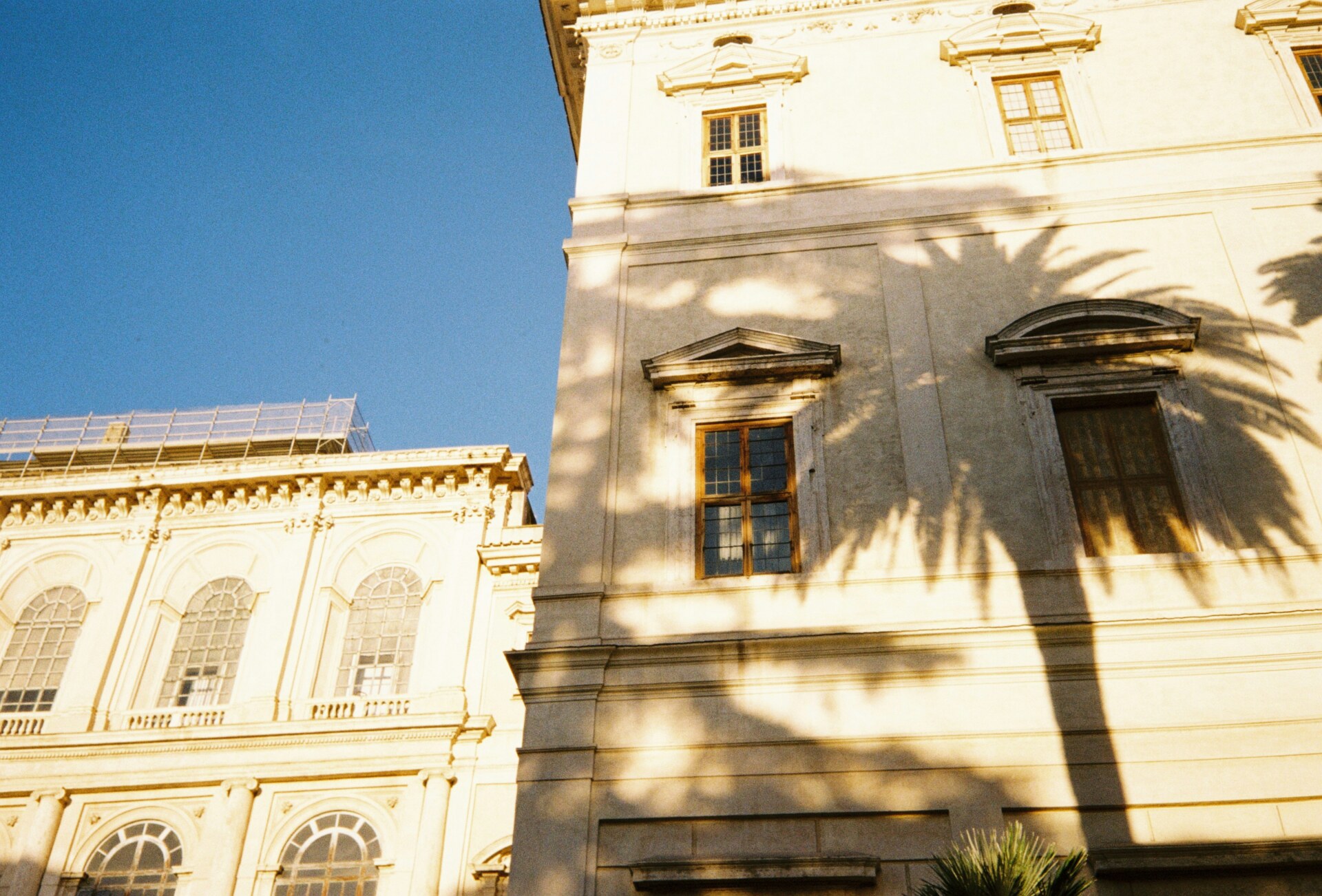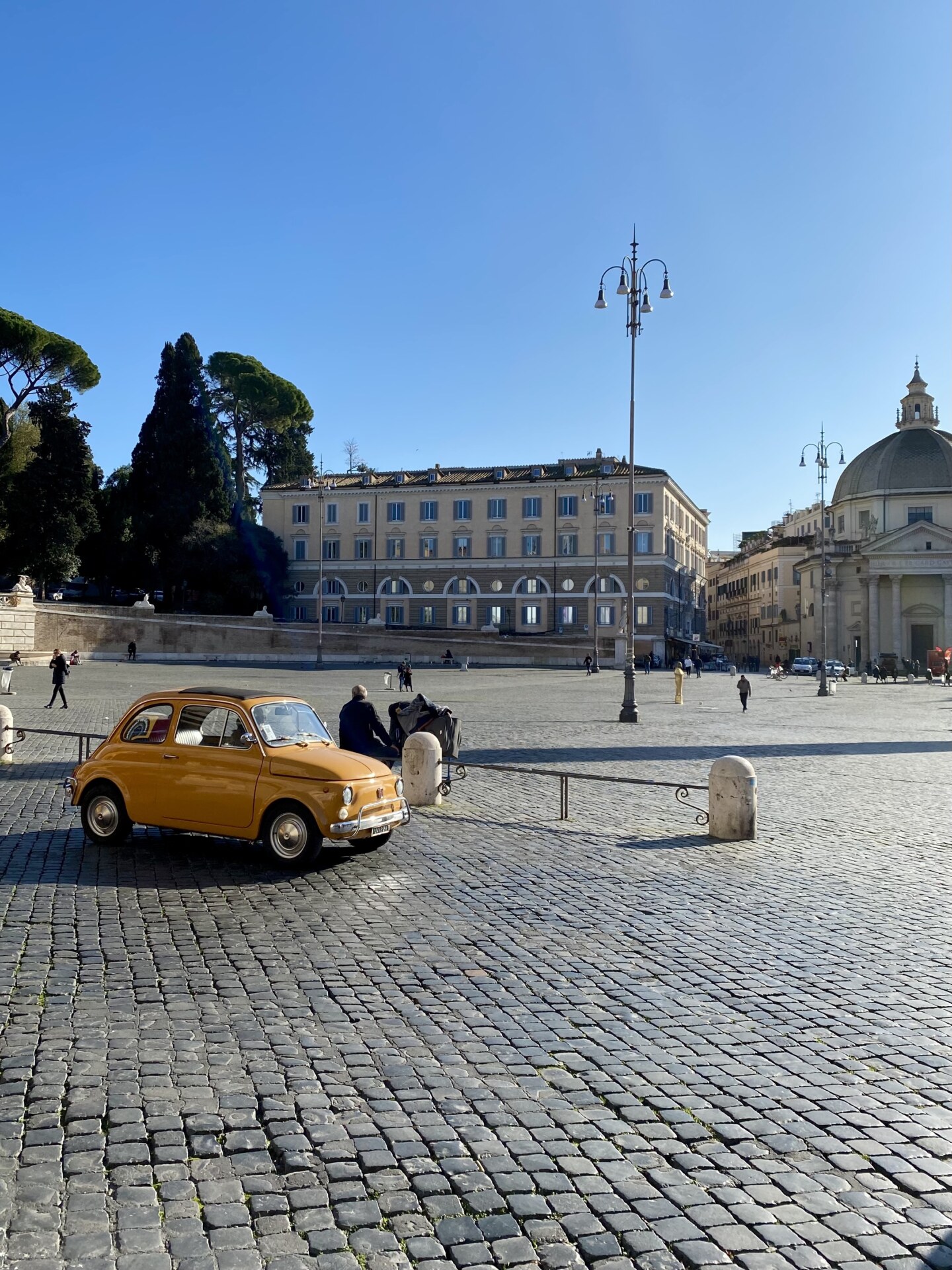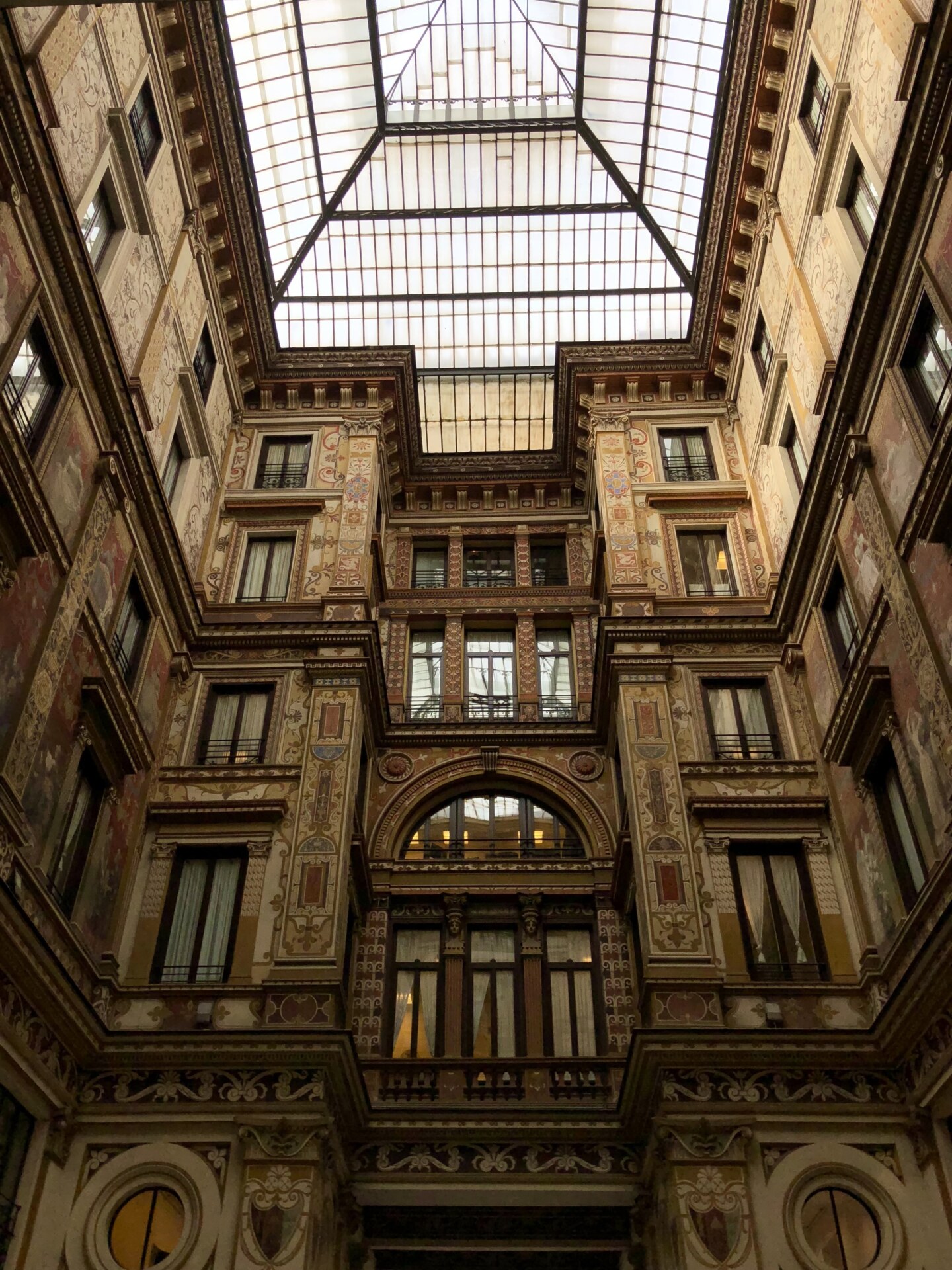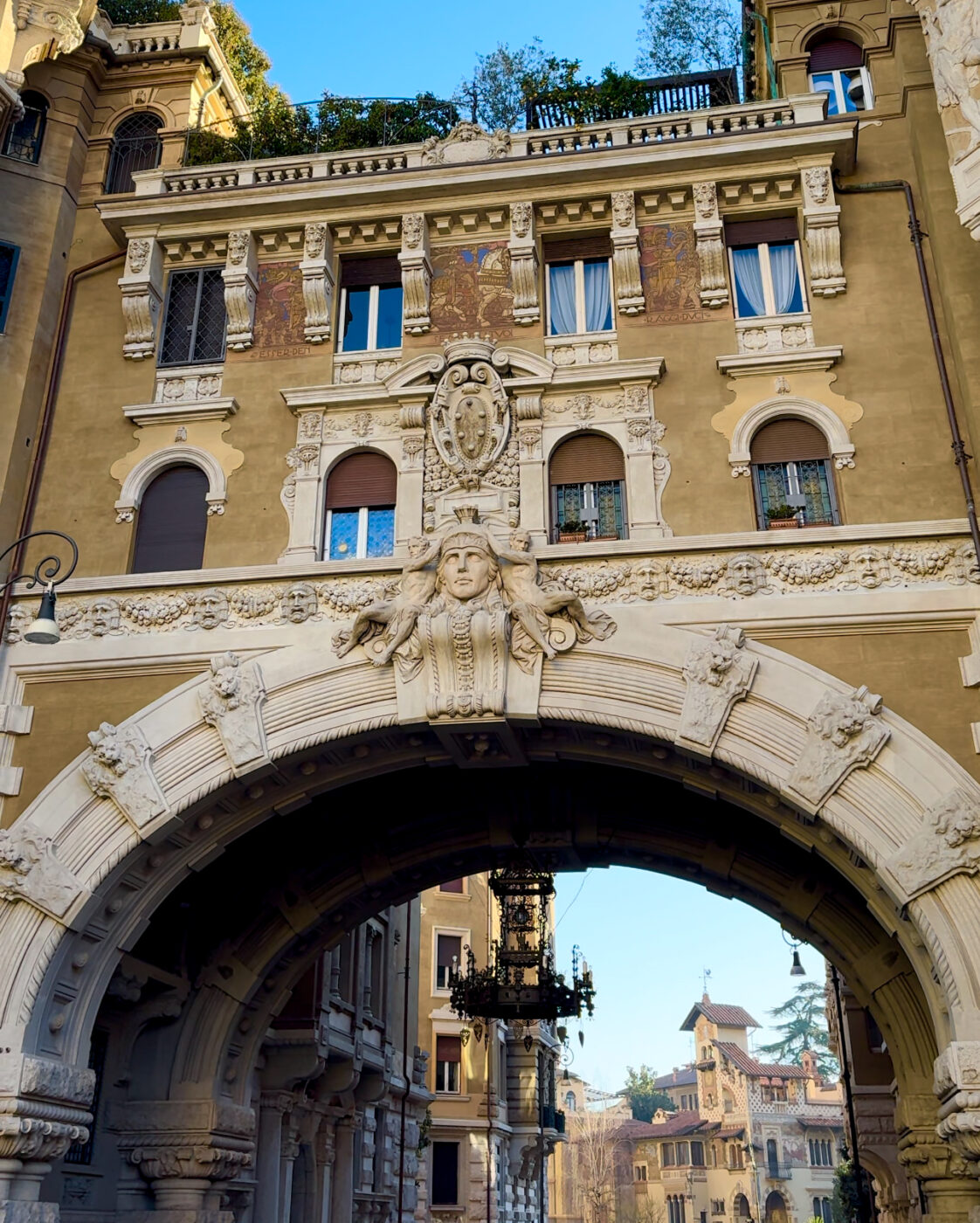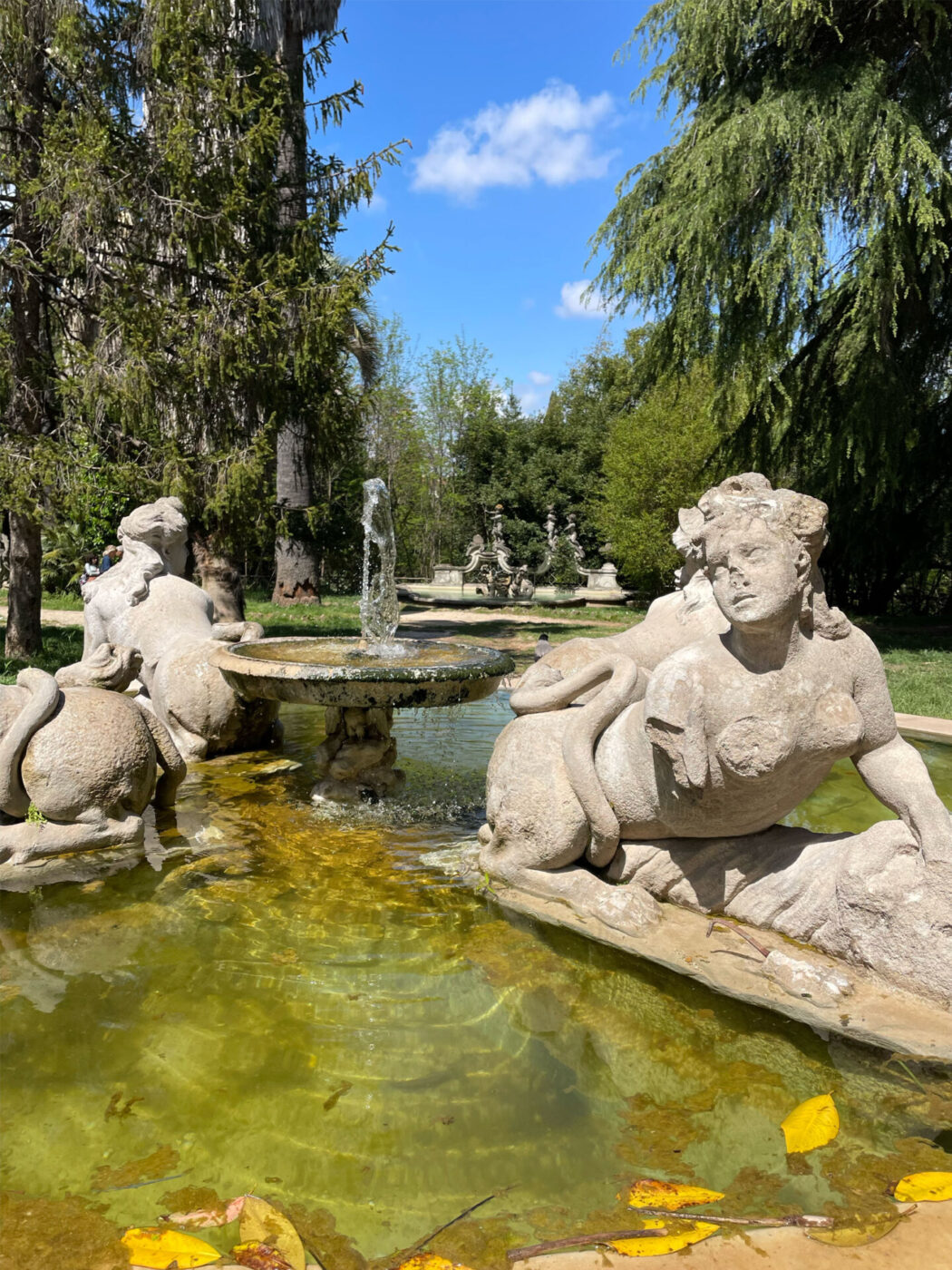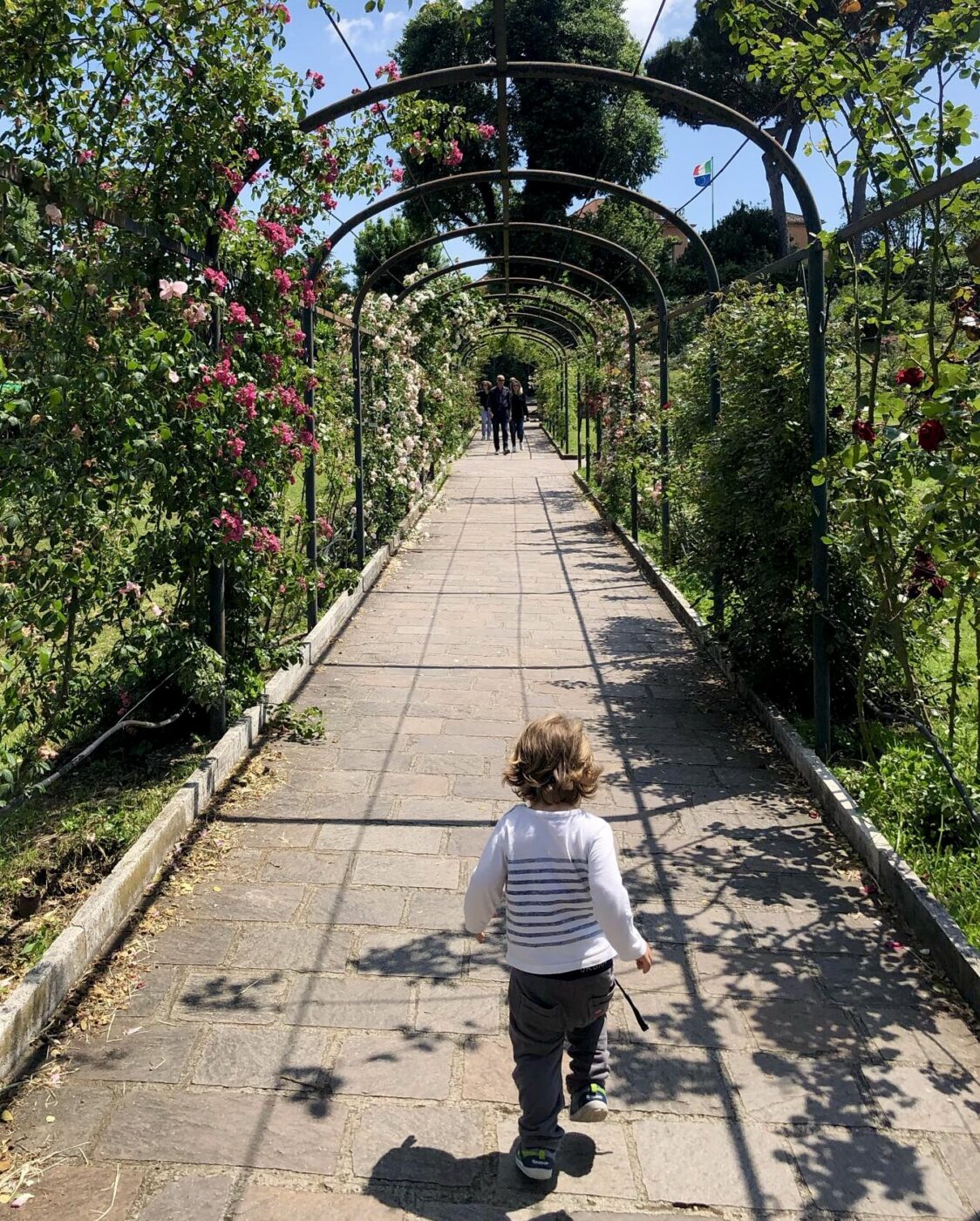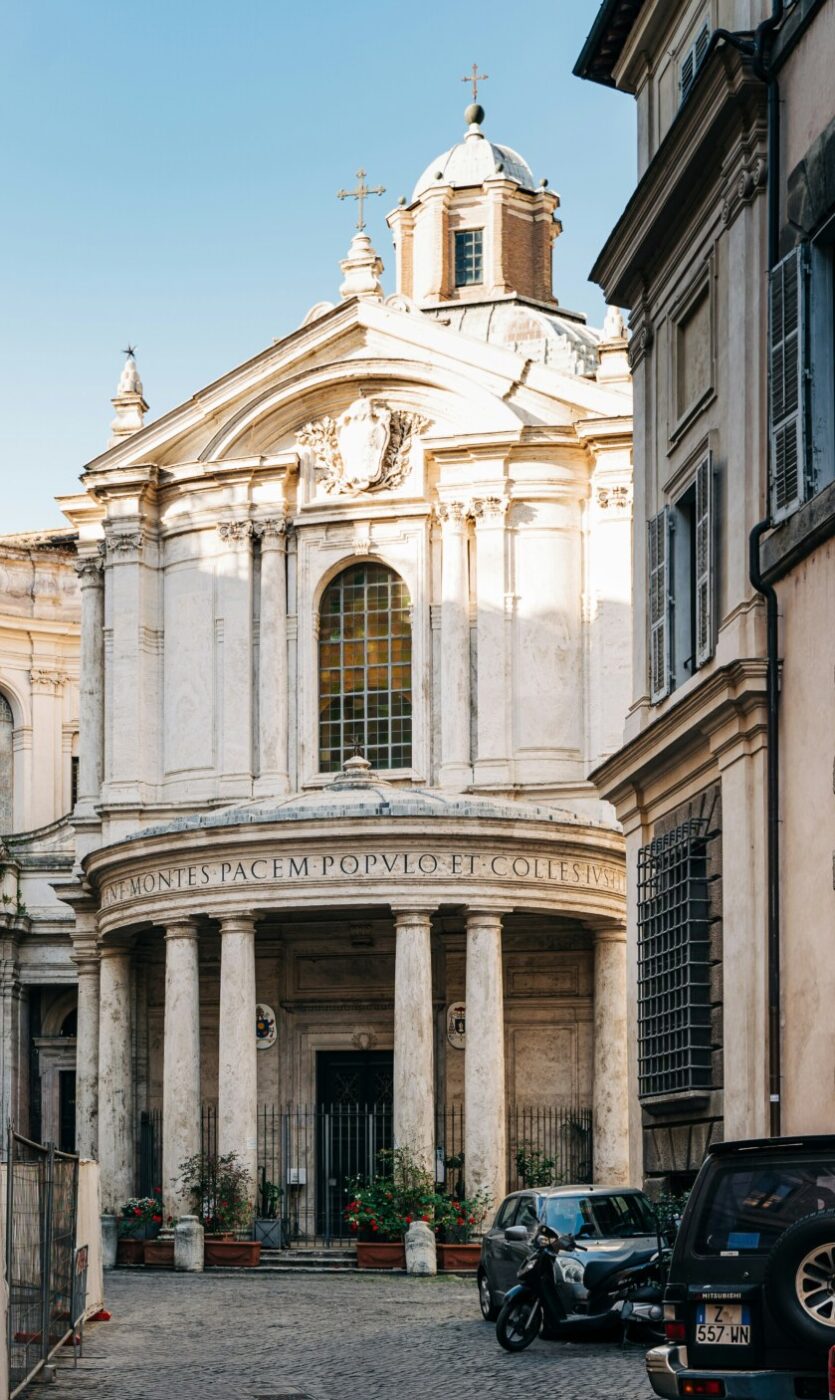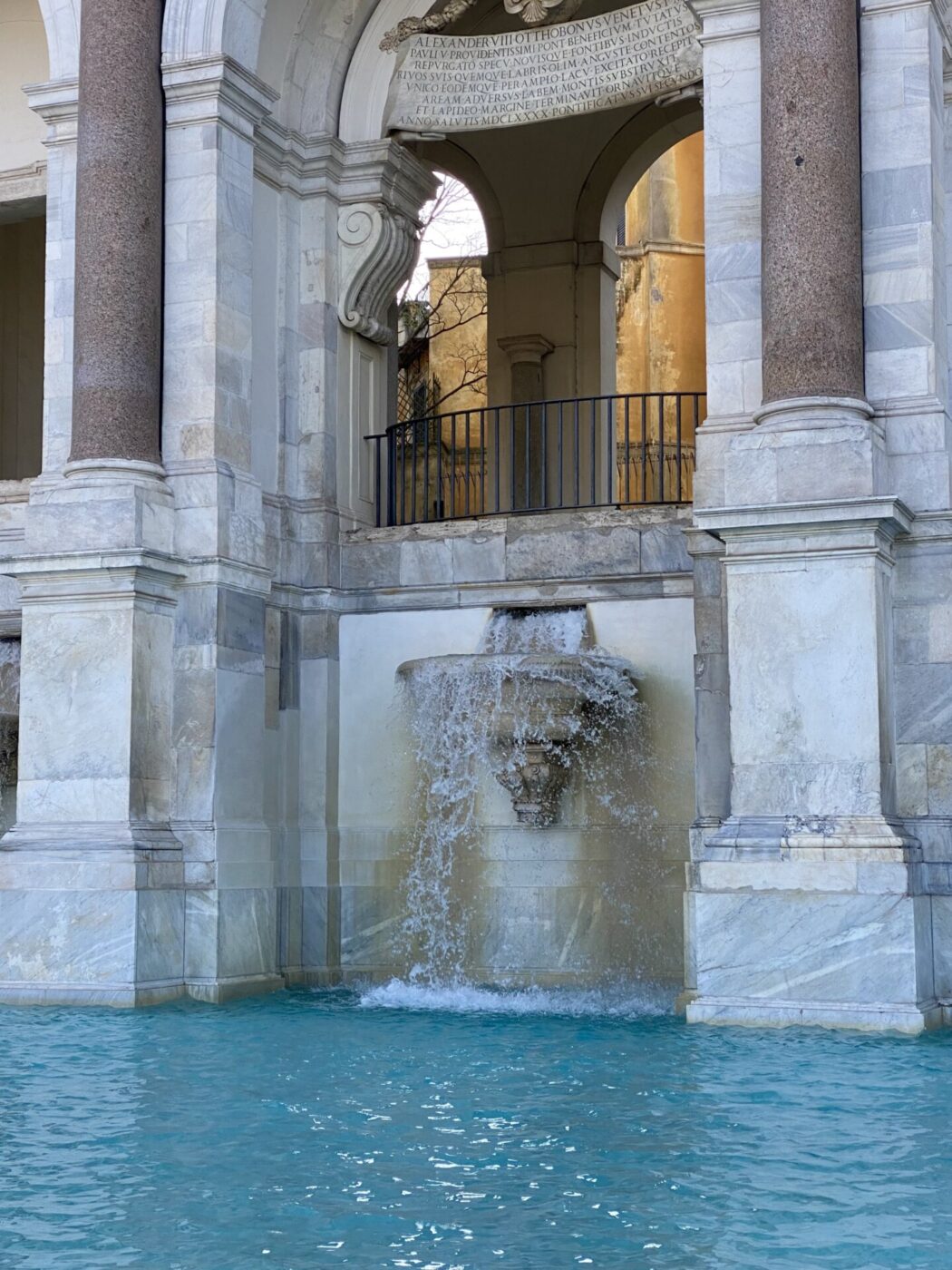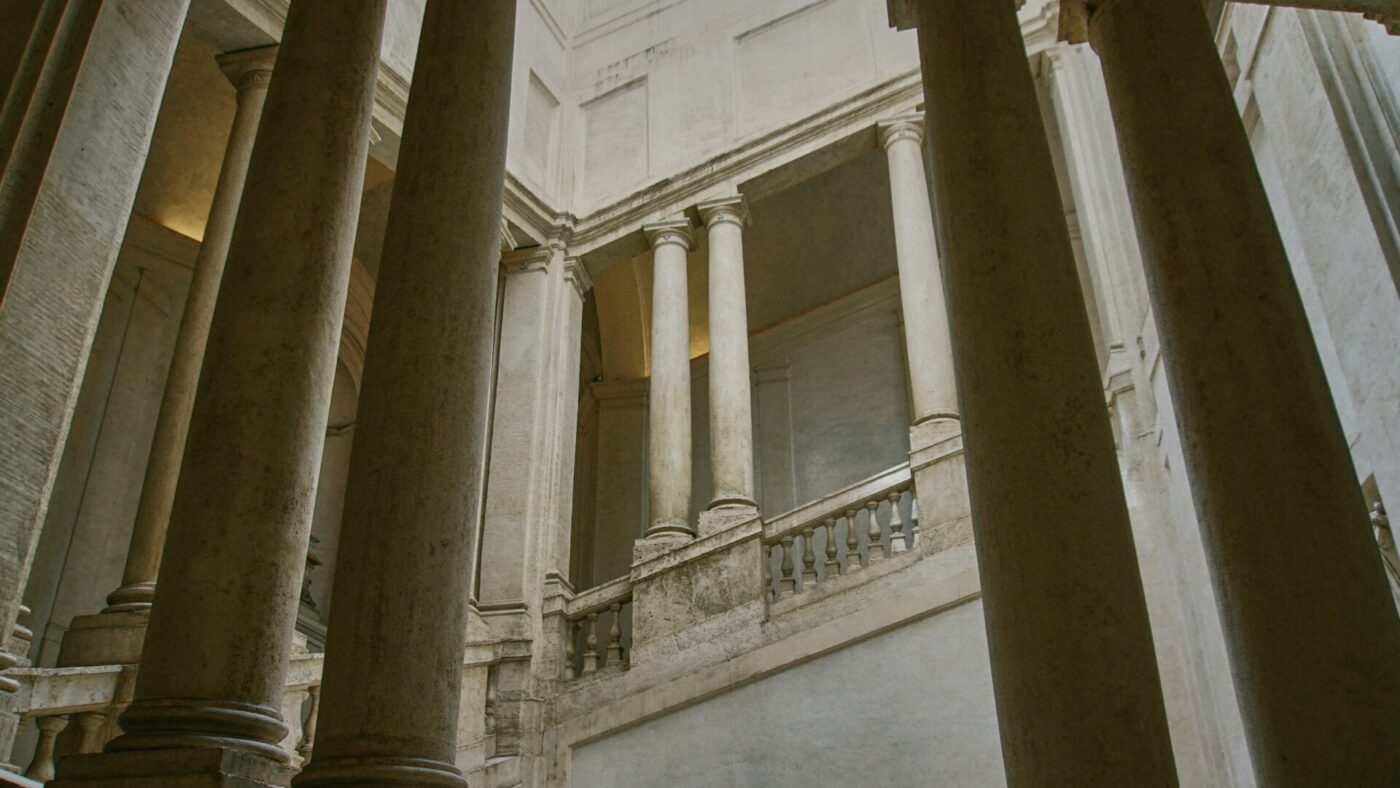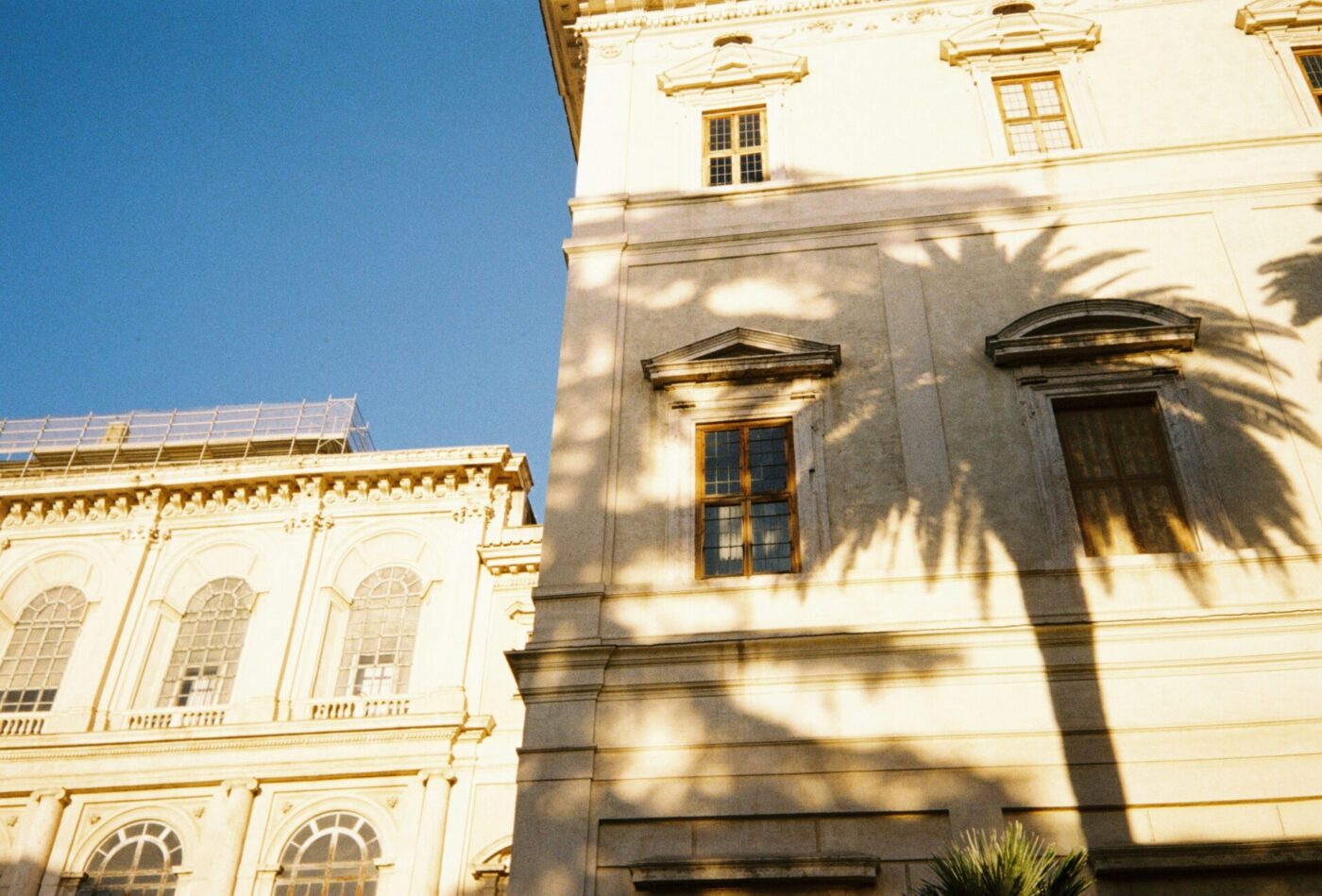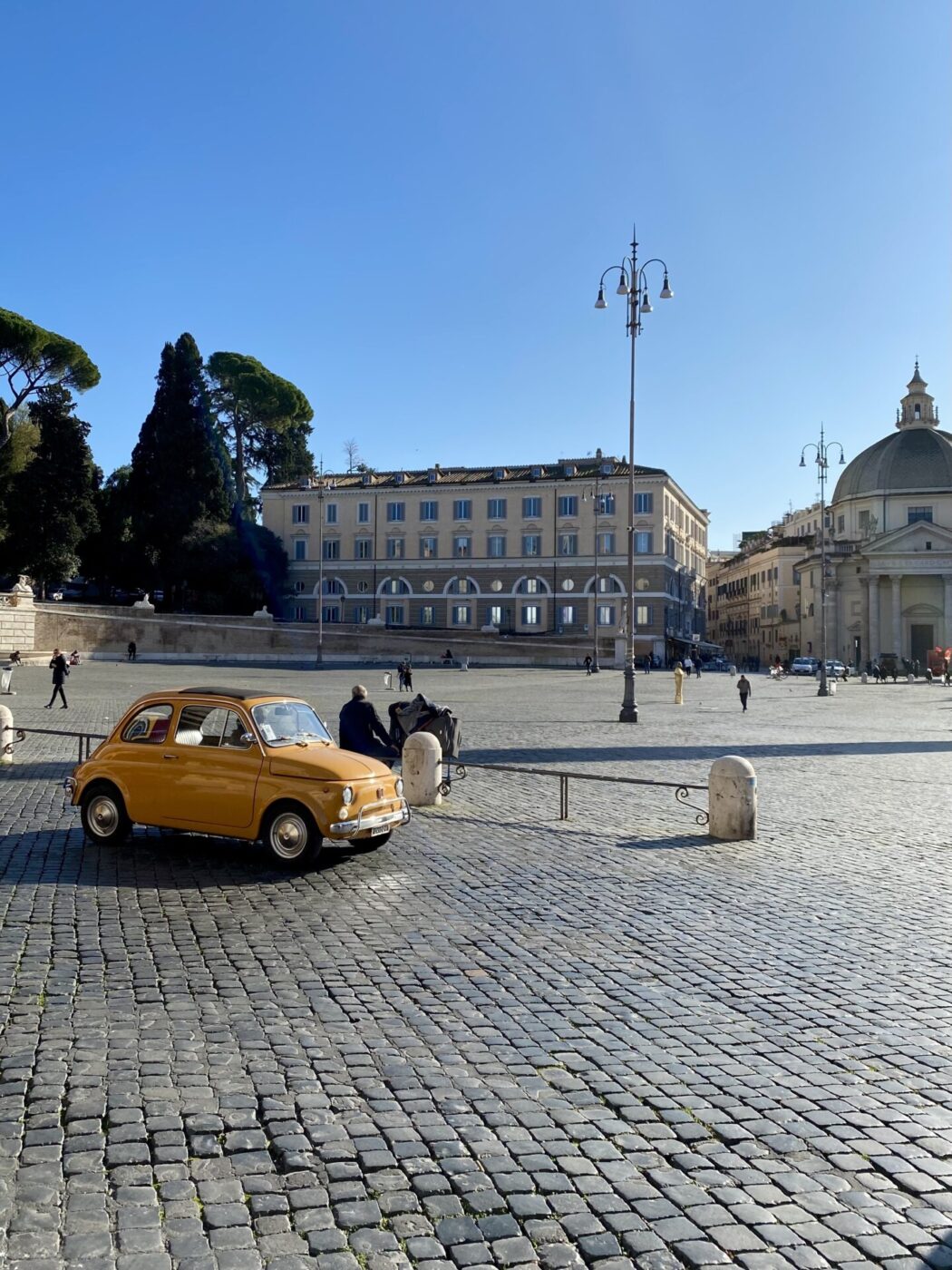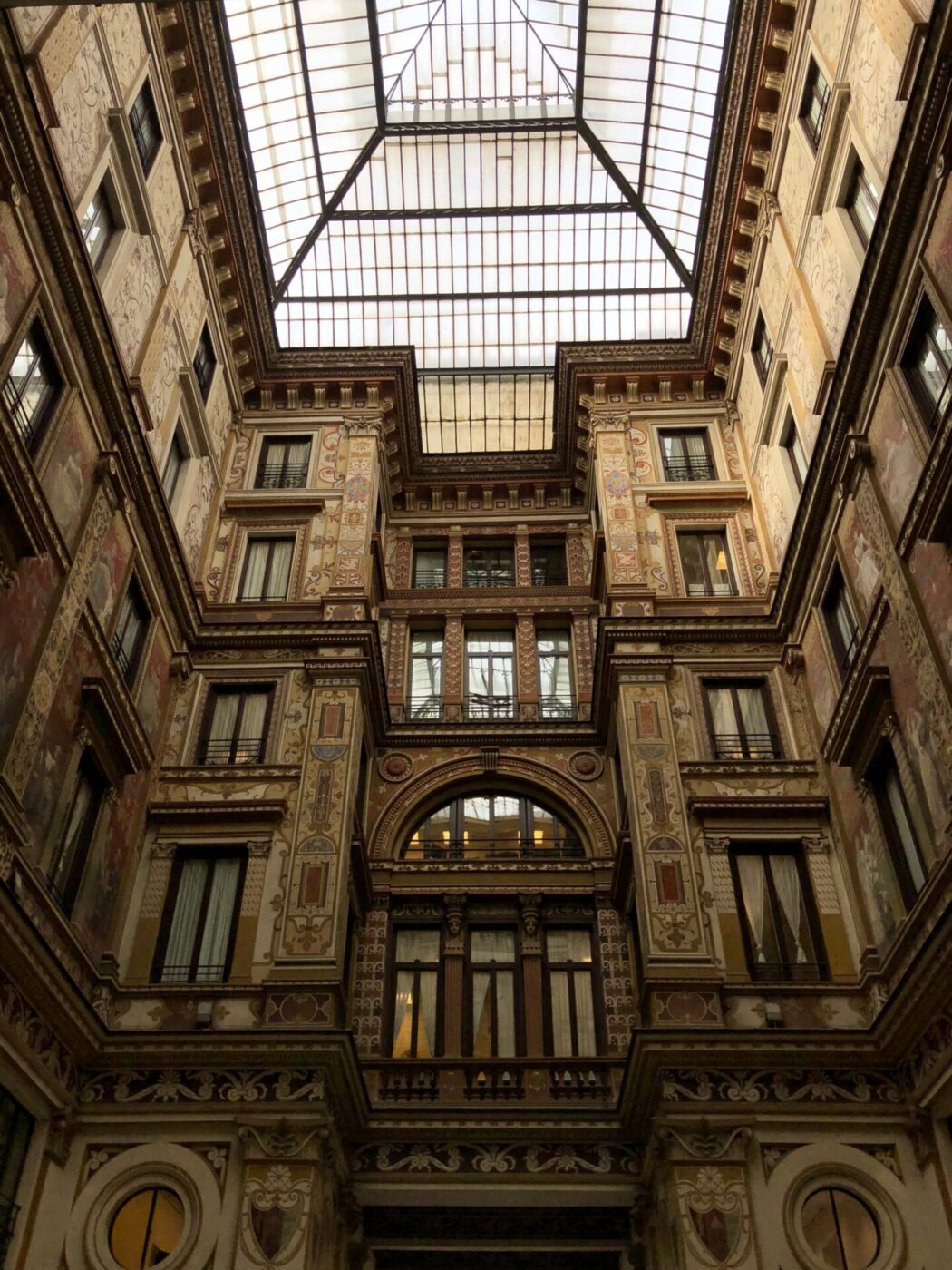Rome’s a hotspot for a reason. There’s certainly no shortage of things to do in this major city, and most of the typical tourist route–the Colosseum, the Pantheon, the Trevi Fountain, the Forum, Piazza Navona, the Spanish Steps, The Vatican, etc. etc.–are certainly worth a visit. Once, that is. Some of the best and coolest places, rather, fly under the radar, even for the locals.
As much of our Italy Segreta team is either from Rome or has lived there, we know a thing or two about its secret corners. Here’s 10 off-the-beaten-path places you’ve (probably) never heard of, to give you a new look into this chaotic capital.
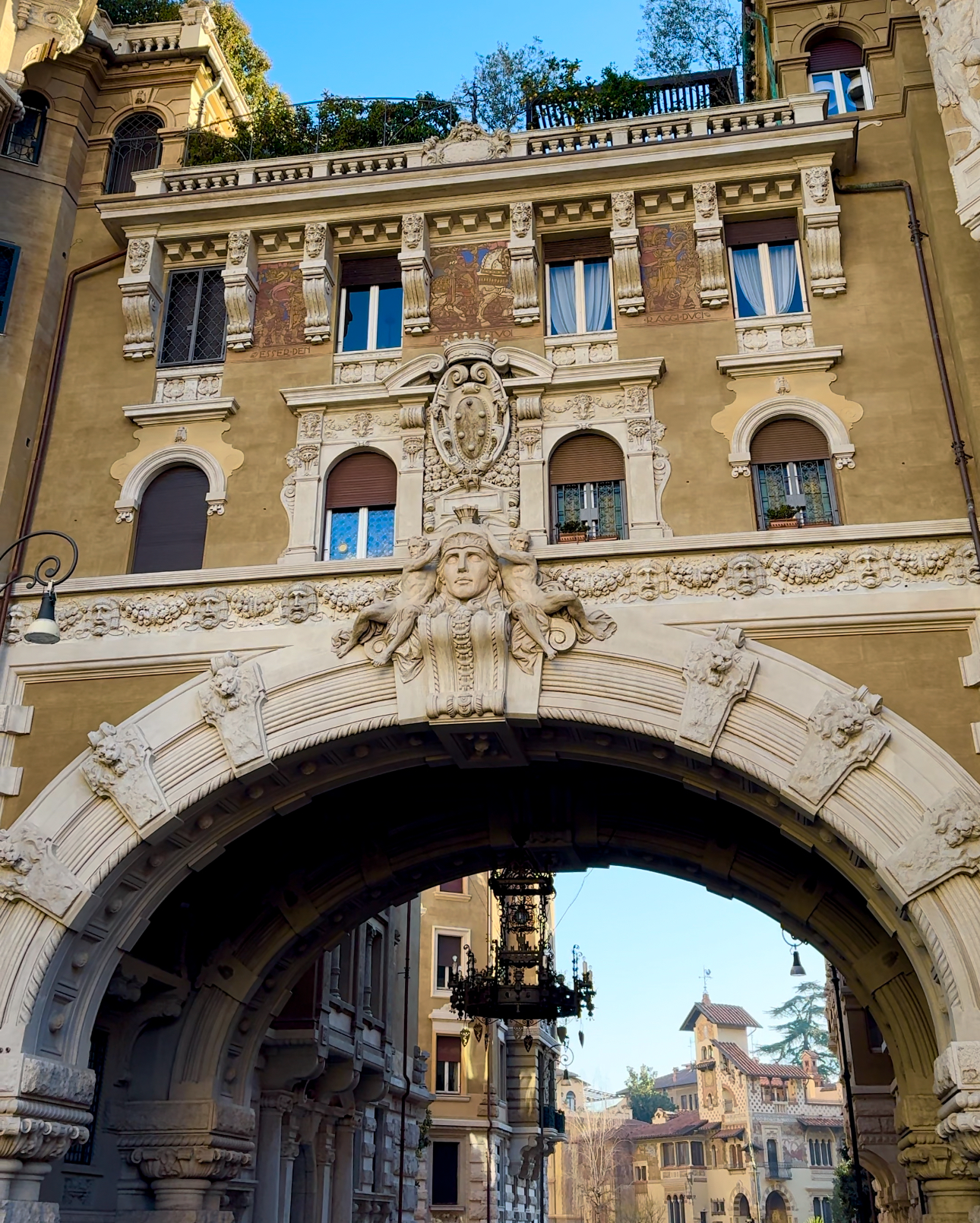
Coppedè
I Villini delle Fate
A whacky, completely asymmetrical collection of three different houses joined by a lush garden, these villas translate to “fairy house”–and actually do look like something out of a fairytale, but more of a Grimms’ tale than a Disney one. Rooms stack precariously on top of one another, there’s no unity in color or shape, and, from the outside, it looks like a small house set atop another normal house. Built between 1920 and 1927 by the architect Gino Coppedè, the house perfectly blends into the Roman neighborhood named after the man, which is a similar mix of Art Nouveau and Art Deco with a healthy dose of Gothic. The villas are made by the fusion of marble, brick, travertine, terracotta, and glass, and many of the ornamental windows are a beautiful kaleidoscope of stained glass. Medieval arches appear all around the villas, decorated with a cacophony of flowers, murals, and mosaics that continues to the friezes and even onto the interior and exterior walls. Inside, a round mosaic depicting three young women playing the lyre, voice, and guitar is a metaphor for the three villini, with the inscription i villini delle fate, Neme, Melete, Aede.
Although the villa is currently privately owned and closed to the public, it’s worth a visit to appreciate the outside, and then to take a walk around the rest of the Coppedè neighborhood.
Villa Sciarra
Rome is not necessarily lacking in green spaces like other Italian cities–thanks to the massive Appia Antica Park and Villa Borghese–but this city park, off the bustling Viale di Trastevere, feels like even more of an oasis. Situated between the Trastevere, Gianicolo, and Monteverde Vecchio neighborhoods up on the Janiculum hill, it’s named after the old villa at the center, built in the late 16th century by Monsignor Innocenzo Malvasia. The park dates back to the pre-Roman era, as legend says there was an Italic sanctuary consecrated to the nymph Furrina; you can still find a fountain in her honor. In 49 BC, Julius Caesar purchased the gardens, and it’s here that he hosted his secret lover, Cleopatra. Today, it’s still a great place to bring your lover–or a book and a bottle that shares a name with Monsignor Innocenzo–and relax under the shade of the 12 different Mediterranean tree species. Or, come explore the many iconic statues and fountains scattered across the 7,500-square-meter space, like the Fountain of the Satyrs with the coat of arms of the Visconti family or the Exedra Arborea with 12 hedged statues depicting the months of the year. If you keep climbing up towards the top of the gardens, you’ll also find sneaky little points to look out over Rome.
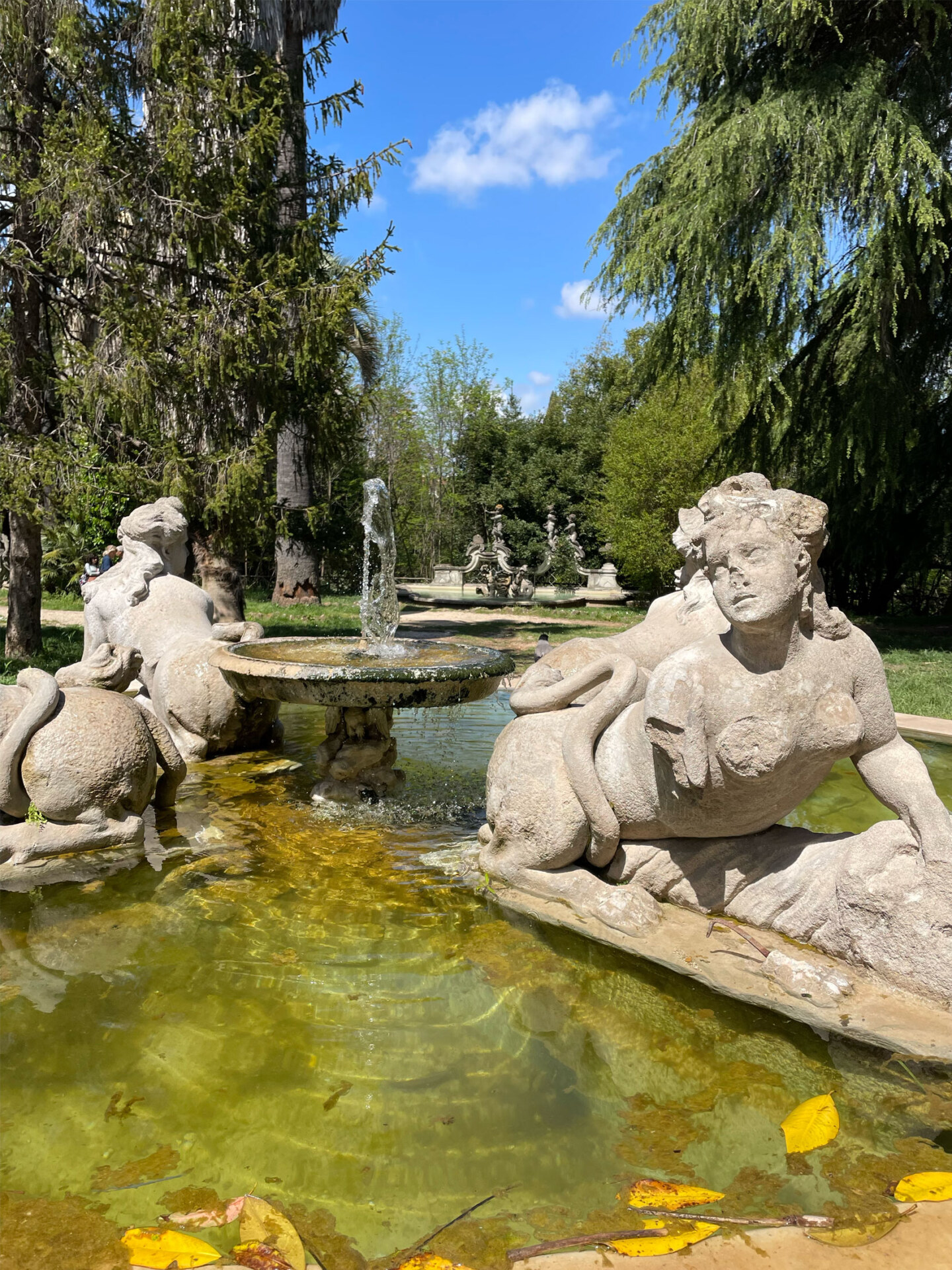
Villa Sciarra
Galleria Spada
Behind the tourist-filled Campo de’ Fiori Market, this gem houses a sumptuous collection of art from the 16th and 17th centuries. The four rooms of this relatively small museum are entirely covered in paintings from artists including Caravaggio, Rubens, Guido Reni, Guercino, Orazio and Artemisia Gentileschi, Titian, Baciccia, Dürer, and Jan Brueghel the Elder. But it’s not stuffy–it feels more as if you’re at the private residence of a Roman royal, browsing through their private collection. Housed in the 16th-century, Renaissance Palazzo Spada-Capodiferro, the building warrants a visit alone: built originally in 1540 for Cardinal Girolamo Capodiferro, the exterior facade is adorned by stucco statues of historic Roman heroes and emperors, and the inner courtyard with those of Olympian gods and goddesses. The secret garden, however, is the most compelling reason to visit: here, a world-renowned optical illusion by Francesco Borromini makes a nine-meter Baroque hallway appear to be 37 meters long.
The museum is open for ticketed entry daily except for Tuesdays. Check this website for more information.
Basilica di Santa Maria in Trastevere
You could spend an entire day exploring the numerous churches and chapels of the city, but if you’re only going to hit one, this is where to go. In the main piazza of the bustling neighborhood of Trastevere, this church–which is referred to as “Our lady in Trastevere” in English–was likely the first place of worship in Rome. Supposedly, the original was built in the 3rd century by Pope Callistus I and finished by San Julius I in 340, although it’s undergone various renovations and restorations since then. The facade’s golden mosaics and 12th-century square belltower are just a hint of what’s to come inside: a dramatic, Medieval mosaic by Pietro Cavallini rests above the altar depicting “Life of the Virgin”, and the rich ceiling is embellished with gilded coffers, polychrome backgrounds, and an octogonal fresco of the “Assumption” in the center, designed by Domenichino in 1617. Architecturally, it features the classic three-nave layout, divided by 22 ancient granite columns with Ionic and Corinthian capitals that likely come from the Baths of Caracalla.
The church is open for visits everyday as well as for mass and services. Check their website for the exact schedule.
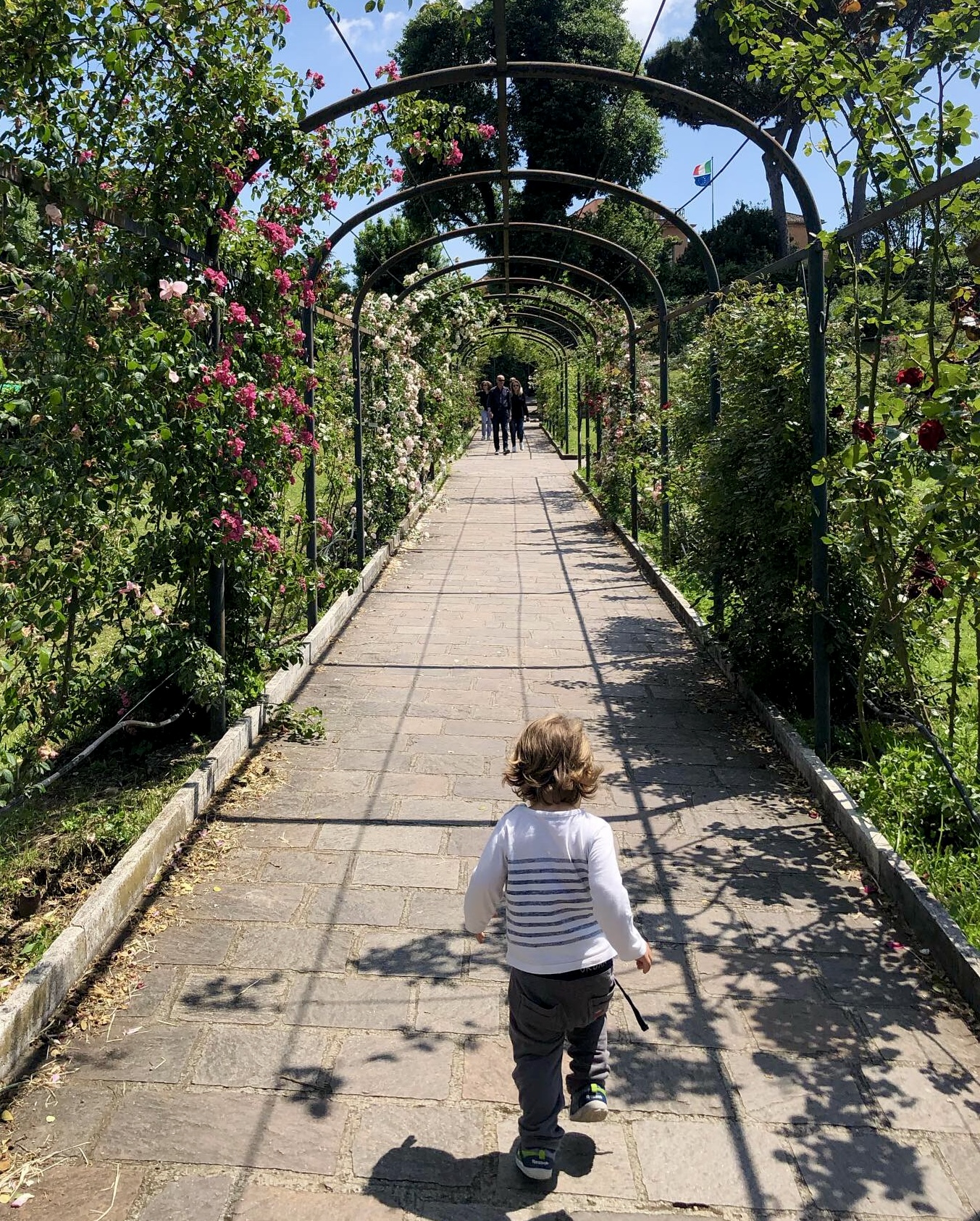
Il Roseto di Roma
Il Roseto di Roma
Stop here and smell the roses. Rome’s rose garden rests on the slope of the Aventine Hill, opposite the Palatine and over the Circus Maximus–the views are, unsurprisingly, off-the-charts. For over 2,300 years this place has been dedicated to flowers: there once was a temple dedicated to the goddess Flora, housing springtime celebrations called “floralia”. The land had a brief stint as the Jewish community garden, and, in 1950, became the city’s new municipal rose garden, the first of which was destroyed in World War I. In honor of the garden’s history, upon opening, the flowers were arranged in the shape of a Menorah that still stretches across the thousand-meter space. Over 1,100 varieties of roses from around the world are planted here, including those from China and Mongolia. Look for the green petals of the Rosa Chinensis Virdiflora or the Rosa Chinensis Mutabilis, which changes color as the days go by.
The rose garden is only open to the public sometimes, often during the flowering of the roses in both spring and autumn. Check their website for openings.
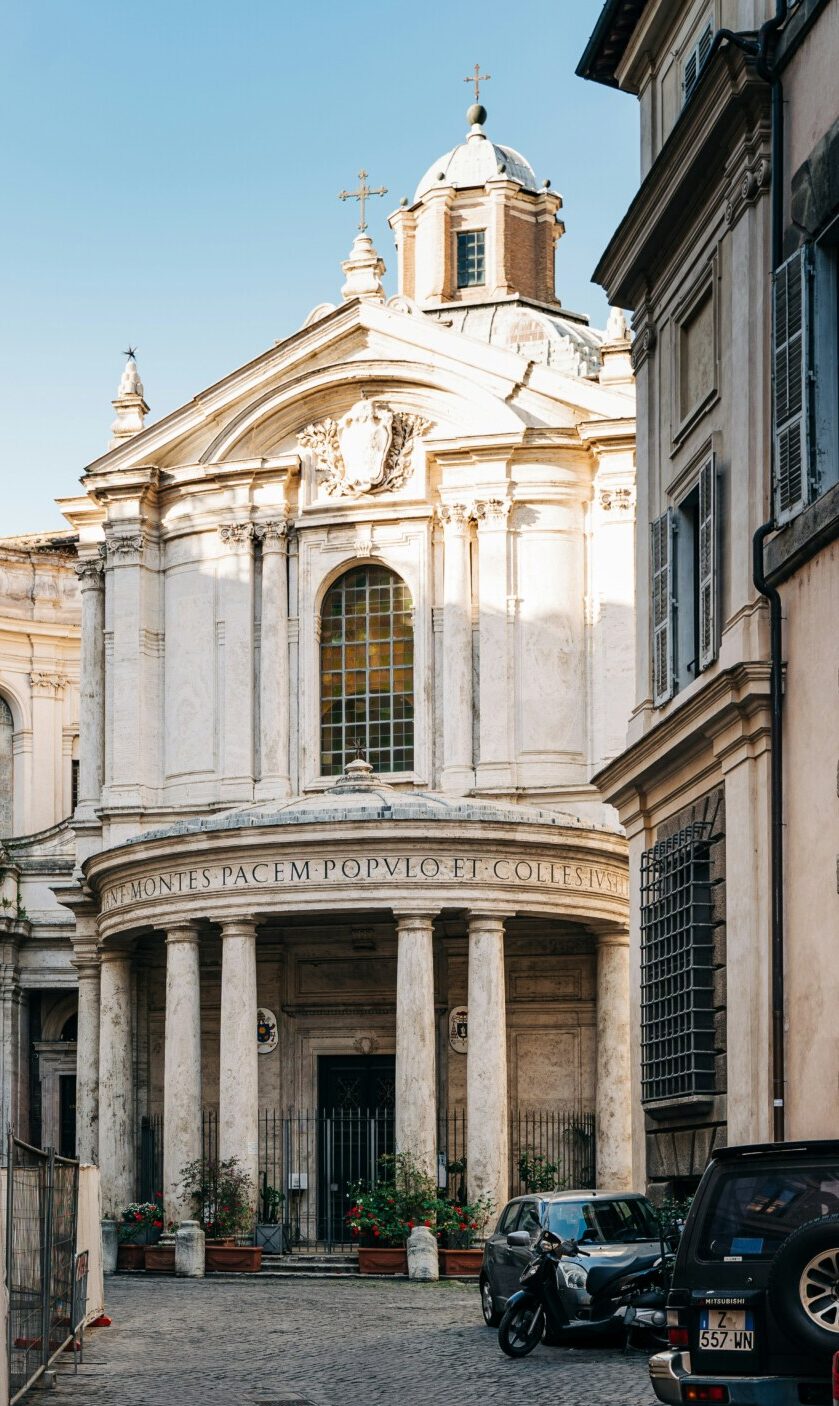
Tempietto Del Bramante
Tiny temples, altars, and shrines pop up less around the city than, say, in Naples, but when you do come across them, they’re simply remarkable. One such temple is the “Tempietto Del Bramante”, Temple of Bramante, on the Janiculum Hill and in the complex of San Pietro in Montorio. The structure is built upon the spot where St. Peter–one of the patron saints of Rome–is said to be crucified, although other sources may claim that it happened in St. Peter’s Square. Presumably built between 1502 and 1509 by Donato Bramante, the temple was commissioned by Spanish royals in fulfillment of the vow made for the birth of their firstborn Giovanni, who died prematurely in 1497. What makes the temple special is its shape: the classic form of tholos or peripteral circular temple, with 16 granite columns–a number that Vitruvius considered to be perfect–underneath one large dome. Architectural illusions make the inside appear bigger and more airy than it technically is, and the marble floor contains an unadorned crypt and a plaque that protects the hole that would have been left by St. Peter’s cross.
Typically, entry to the temple is free–open 10:00-18:00 from Tuesdays to Sundays, but consult this page for the most up-to-date information.
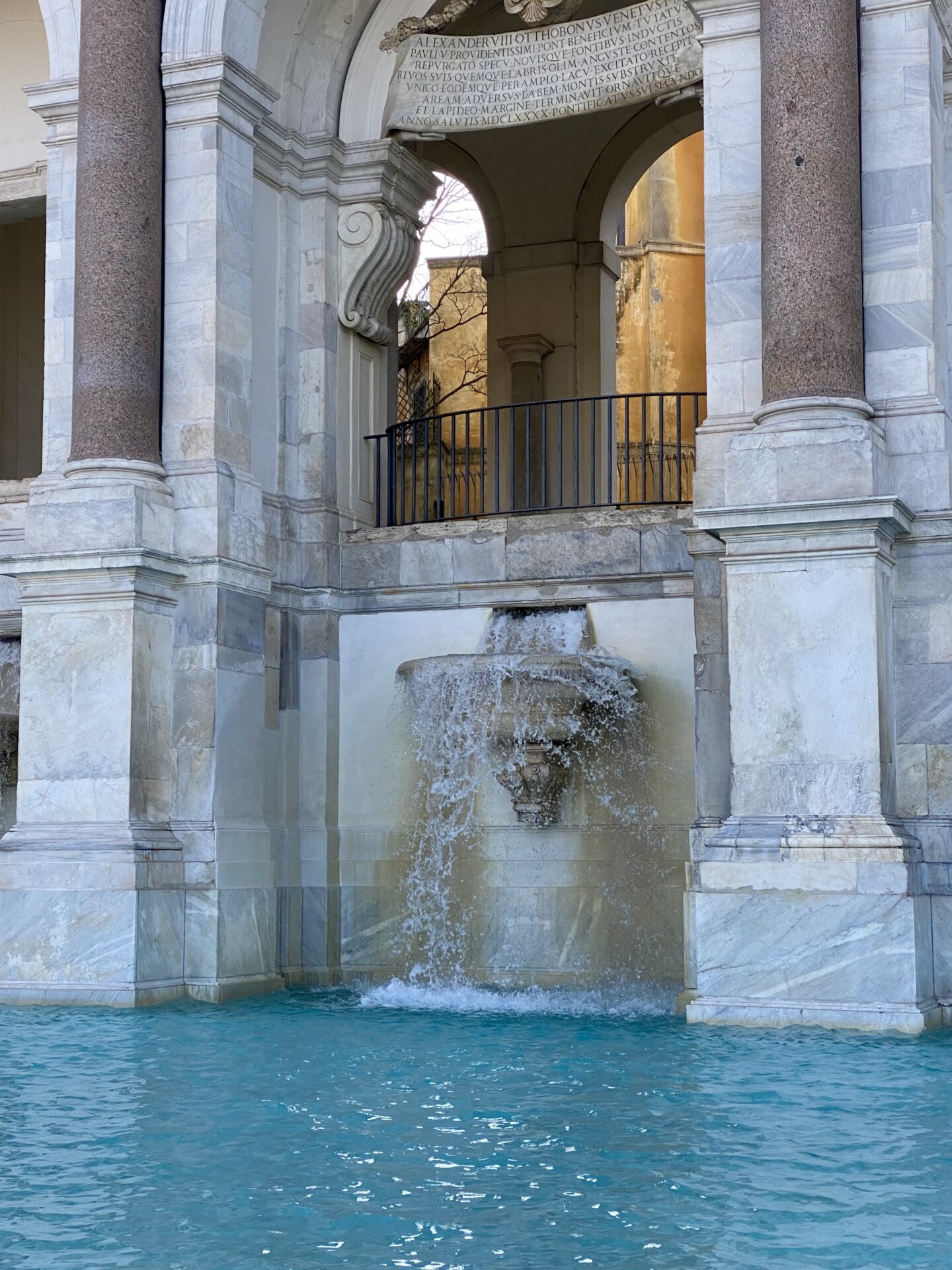
Fontanone dell’Acqua Paola
This massive fountain, on the edge of Trastevere, sure gives the other iconic ones in this city a run for their money. Designed between 1610 and 1614 by architects Giovanni Fontana and Flaminio Ponzio and sculptor Ippolito Buzio, Pope Paul V Borghese commissioned the fountain to be the terminal exhibition of the Trajan-Paul Aqueduct–which is why you’ll see the pope’s emblems of dragon and eagle all over the facade. Modeled after the ancient triumphal arch, five white marble arches flanked by red and gray columns sit above the low, shallow pool. Those inscribing the marble sign on top didn’t fact check–and the large inscription incorrectly mentions the Alsietina aqueduct rather than the Aqua Traiana. Known also as the “Fontanone del Gianicolo”, the fountain rests at the top of a terrace on the Janiculum Hill and is especially beautiful at sunset, when you see the sparkling water on one side and the city’s panorama on the other.
The front of the fountain is always accessible, but the gorgeous botanical garden behind–accessible via a small set of stairs from Via Garibaldi 30–is only open to the public a few days a year or by appointment for groups.
Basilica di Santa Sabina
Entering this basilica on the Aventine Hill is to step back in time, to roughly 1,600 years ago. While many churches in Rome can technically date back this far, this basilica is considered to be one of the best preserved early Christian churches–ever. Dalmatian priest Peter of Illyria constructed the church from 422 to 432 AD, and decorations are restored to their original design, which means one thing: minimalism. Said to be built atop her house, the church bears the name of Santa Sabina, who was beheaded in AD 126 under Emperor Hadrian. While the basilica lacks a real facade, its main entrance through stunning, massive cyprus wooden doors carved with biblical scenes showcases the oldest example of Christian wooden sculpture. In the 13th century, Pope Honorius III entrusted the basilica to St. Dominic as the Roman headquarters of his Order, the Friars Preachers, and today, the church still stands as the seat of the “Dominicans”. It’s easy to miss the short column with a black basalt stone on top, but don’t; legend says that the devil, angered by St. Dominic’s devout prayer, launched the rock at him, but missed and it shattered against a nearby tombstone.
Entrance is free and the basilica is open everyday, except during liturgical services.

Palazzo Barberini
A prototypical Baroque palace, Palazzo Barberini was designed by three of the most important 17th-century Italian architects: Carlo Maderno, Gian Lorenzo Bernini, and Francesco Borromini. Up on the Quirinal Hill, the building is shaped like an H, with a newer and an older villa connected by a main central hall. Design highlights include the majestic entrance with frescoes, Pietro da Cortona’s ceiling of fake entablatures that frame an “open sky”, a square-shafted staircase by Bernini, and an extraordinary oval helicoidal staircase, most likely designed by Francesco Borromini. The top floor was occupied by the Barberini family until 1955, and the building is now the seat of the National Gallery of Ancient Art. Also on site is the Gallery Corsini, the donated private collection of the Corsini family–which became part of the first Italian National Gallery. Stroll through the Botanical Gardens of Rome out back, which stretch all the way to the Janiculum Hill, or peruse hundreds of books in the Accademia dei Lincei and the huge collection of prints in the Istituto Nazionale della Grafica.
The palazzo and galleria are open Tuesday to Sunday (10 AM – 7 PM) for ticketed entry. To reserve ahead or for more information, visit the official website.
Parco Degli Acquedotti
It’s not just roads that lead to Rome, but waterways too–this collection of aqueducts in the southeastern quadrant of the city extends for approximately 240 hectares, forming part of the suburban regional park of the Appia Antica. Exceptionally green, the area is full of arboreal vegetation, especially pine trees, intermixed with the ancient architecture. From the 3rd century BC, the aqueducts feed a small lake, watercourse, and a waterfall towards one end of the park. Come here on a sunny day for a nice walk past the centuries-old water features, or grab some pecorino romano, supplì, a bottle of Roma DOC red, and have a picnic.
Find the entrance on Via Lemonia.
